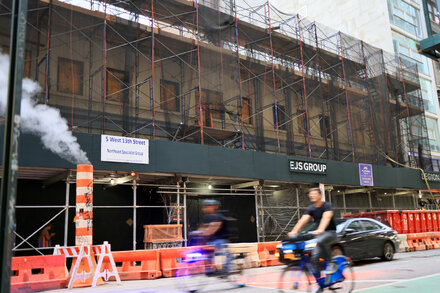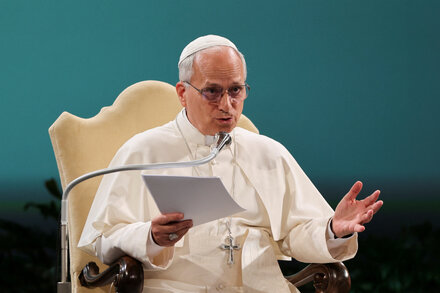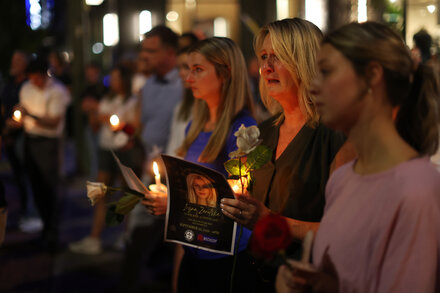Manhattan’s skyline is perpetually rising with new luxury residential towers, fueling a fierce

Manhattan’s skyline continues its relentless ascent, marked by a growing number of towering luxury residences. This trend has ignited a persistent debate: Does New York City, particularly its most iconic borough, genuinely require more high-end towers, or do these developments exacerbate existing housing challenges and reshape the urban fabric in undesirable ways?
The Affordability Debate and Housing Supply
Proponents of luxury development often point to the economic activity generated, from construction jobs to increased tax revenue. They argue that high-end housing caters to a specific market segment, drawing in wealth that benefits the city’s economy. However, critics contend that the focus on luxury distracts from a more pressing issue: the severe shortage of affordable housing.
“Every new luxury tower that rises in Manhattan represents a missed opportunity to address our city’s dire need for housing accessible to working families,” stated Maria Rodriguez, a representative from the Coalition for Affordable Homes. “We have a crisis of affordability, not a shortage of penthouse views.”
While some economic theories suggest that increasing overall housing supply, even at the high end, can eventually free up other units down the chain, many housing advocates argue this ‘trickle-down’ effect is too slow and insufficient to address the immediate needs of low- and middle-income residents.
Economic Drivers and Investment Vehicles
Developers and real estate analysts often cite continued demand from high-net-worth individuals, both domestic and international, for prime Manhattan real estate. These properties are frequently viewed not only as homes but also as stable investment vehicles, particularly in times of global economic uncertainty.
“Manhattan’s luxury market remains a global magnet for capital,” commented David Chen, a senior real estate analyst. “These developments create thousands of jobs, from architects and engineers to service staff, and contribute significantly to property tax revenues that fund essential city services. The demand, though sometimes fluctuating, is fundamentally sound for this niche.”
This perspective underscores the city’s role as a global financial hub, where luxury real estate is a commodity distinct from the broader housing market needs.
Urban Impact and Infrastructure Concerns
Beyond economics, the proliferation of luxury towers raises significant urban planning and quality-of-life questions. Concerns include increased congestion, strain on public transportation and services, and the aesthetic impact of “supertalls” that cast long shadows over public spaces and existing neighborhoods.
Residents and community boards frequently voice frustrations over the concentration of wealth and the perceived lack of community integration these towers offer. There is also the persistent question of occupancy rates, with some luxury units reportedly remaining vacant for extended periods, serving more as speculative assets than active homes.
“We see these beautiful, often empty, towers changing the very character of our neighborhoods,” said Sarah Jenkins, a long-time Lower Manhattan resident. “Where are the schools, the local shops, the parks that support a vibrant, diverse community? It feels like the city is building for a global elite, not for the people who make this city run.”
The debate over Manhattan’s luxury tower development encapsulates a broader tension between economic growth, urban development goals, and the social imperative for equitable housing and liveable communities. The question of “need” ultimately hinges on whose needs are prioritized in the city’s ongoing evolution.
Source: Read the original article here.





